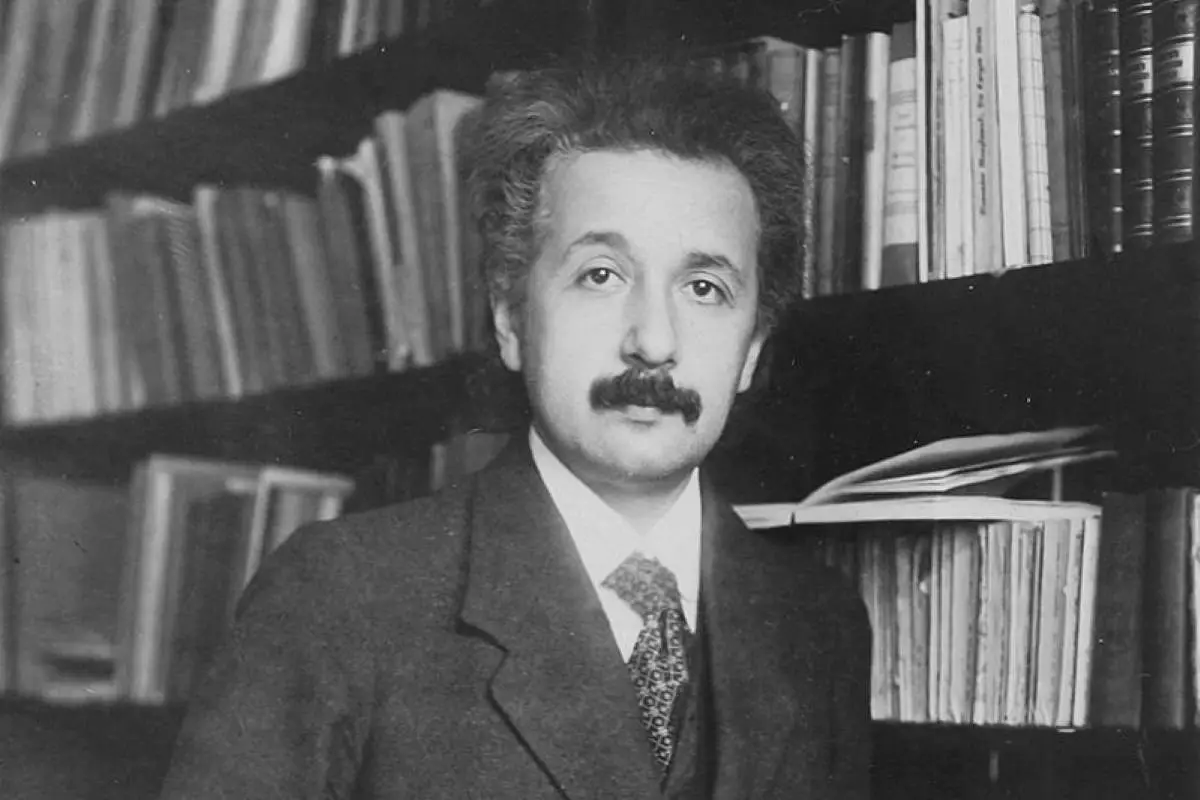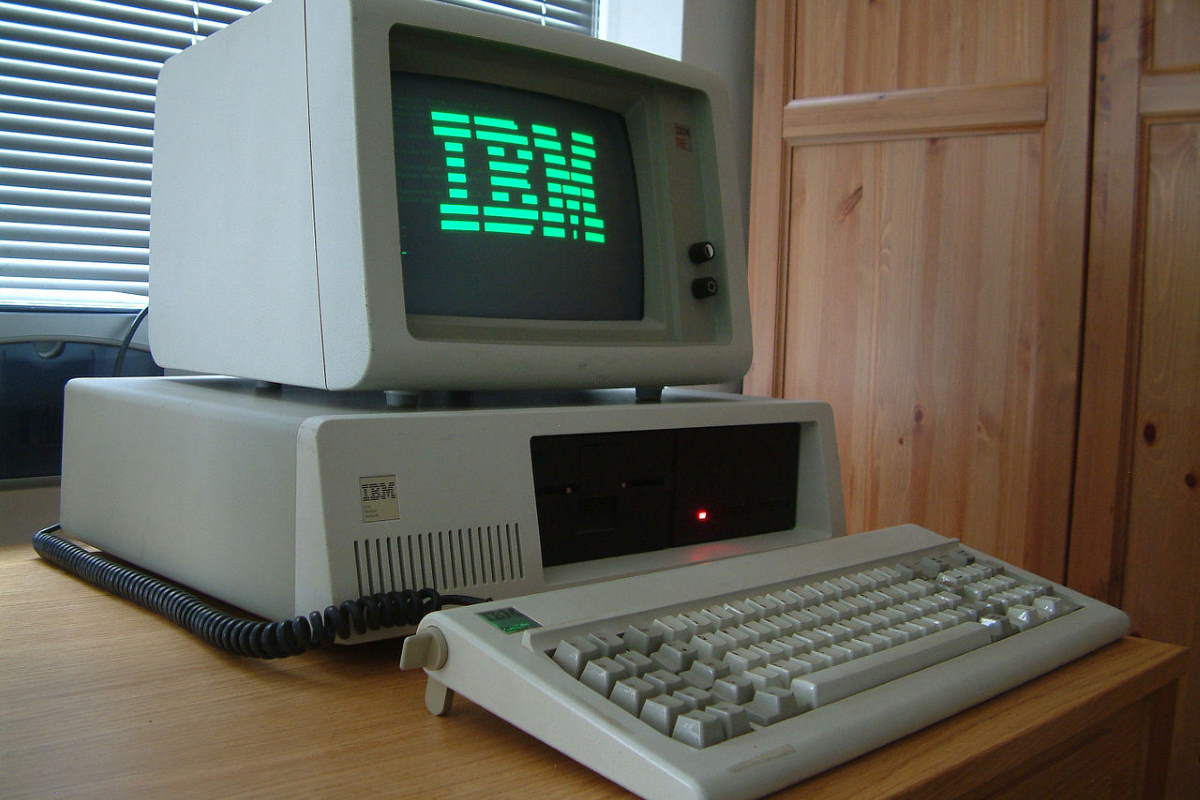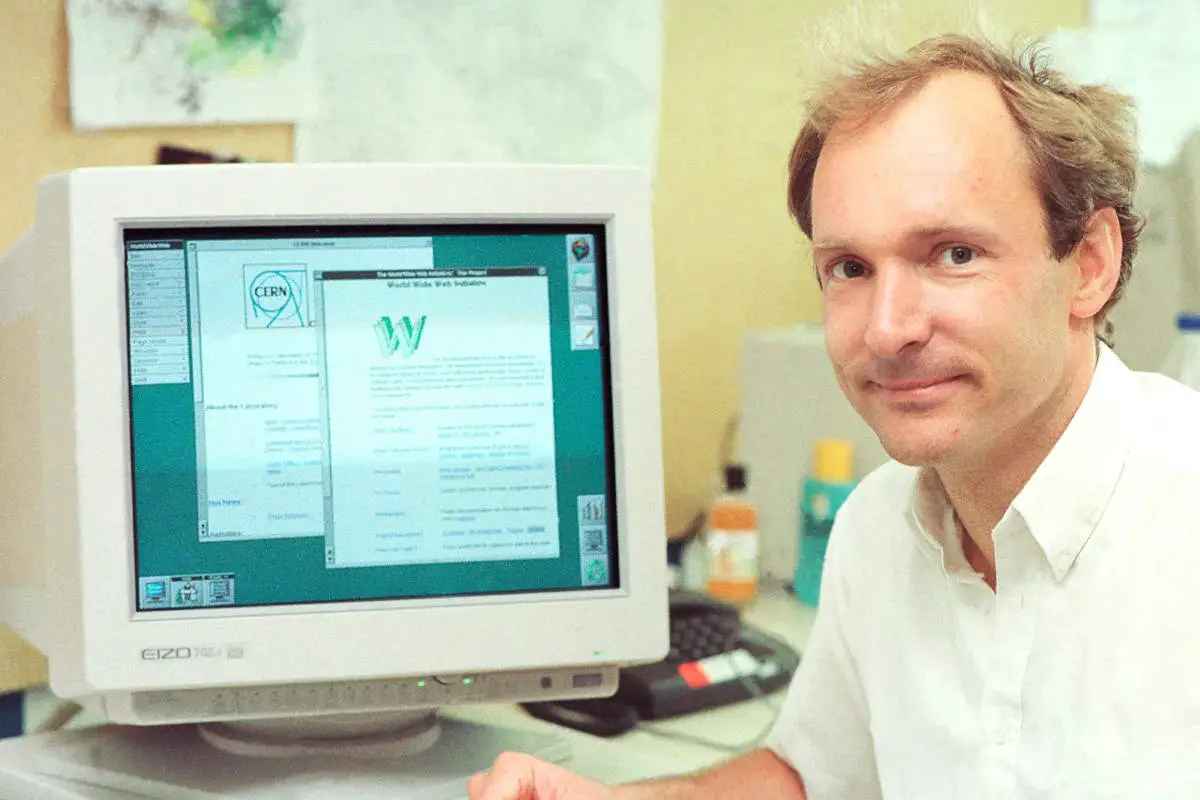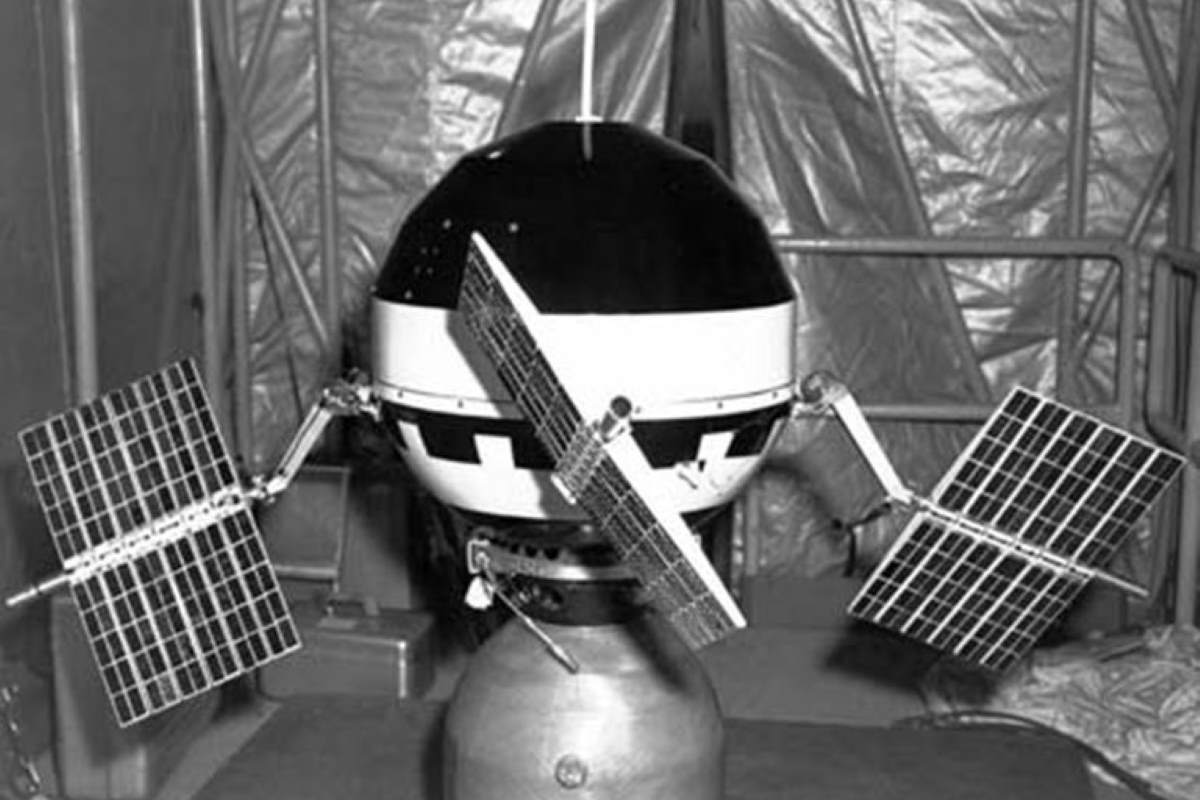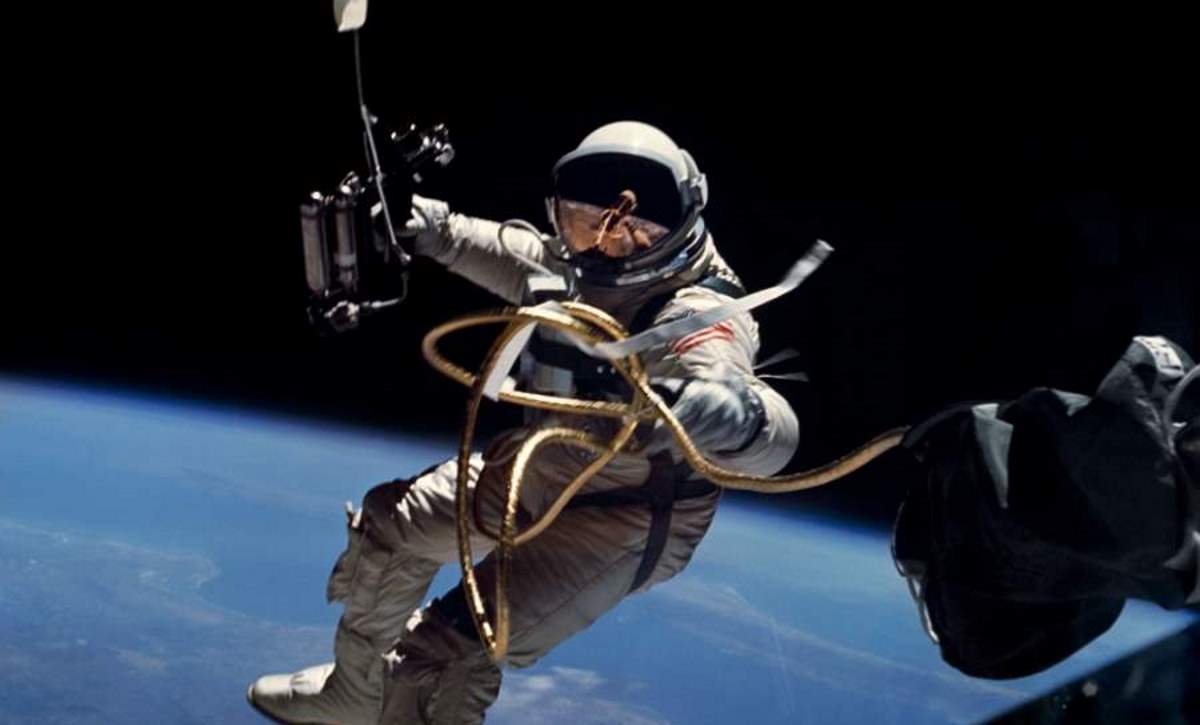On March 12, 1989, the English computer scientist who invented the World Wide Web, Sir Tim Berners-Lee sent a document to his colleagues at CERN titled “Information Management: A Proposal”. This proposal concerned the management of general information about the particle accelerators and experiments at The European Organization for Nuclear Research (CERN). In the proposal, Berners-Lee discussed the problems of information loss about complex evolving systems and suggested a solution based on a distributed hypertext system, which eventually became the World Wide Web, an Internet-based hypermedia initiative for global information sharing.
Today’s (March 12) story of what happened this day in Science, Technology, Astronomy, and Space Exploration history.

